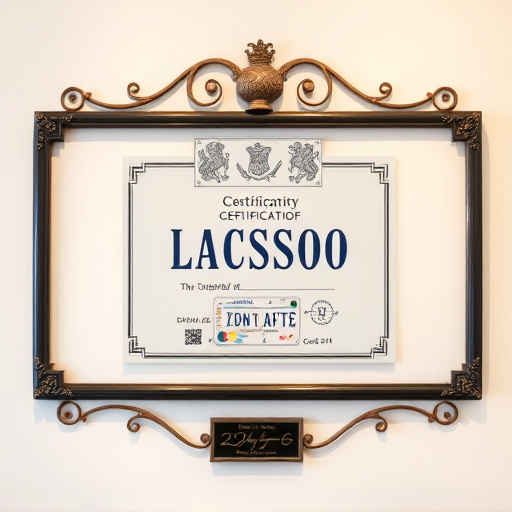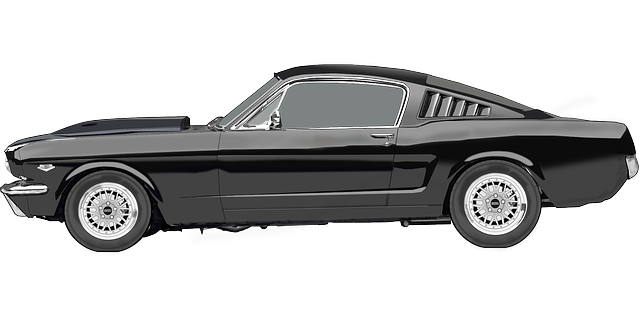CARB-compliant air intakes are essential for vehicles in California to meet strict emissions standards, ensuring cleaner air and public health. Designing these intakes requires a meticulous approach, including material selection, advanced CFD tools for airflow optimization, and testing strategies with CAE simulations and calibrated sensors. By adhering to CARB guidelines, manufacturers can sell eco-friendly products throughout the state, contributing to California's leadership in environmentally conscious automotive practices.
In California, the California Air Resources Board (CARB) emissions standards for air intakes play a crucial role in maintaining clean air quality. This article explores how designers can create CARB-compliant air intakes, focusing on understanding key regulations, considering vital design aspects, and employing effective testing strategies. By delving into these topics, we aim to empower engineers and manufacturers to develop innovative solutions that meet California’s stringent environmental standards.
- Understanding CARB Emissions Standards for Air Intakes in California
- Key Design Considerations for Compliance
- Testing Strategies and Ensuring CARB-Compliant Air Intakes
Understanding CARB Emissions Standards for Air Intakes in California
In California, the California Air Resources Board (CARB) sets and enforces stringent emissions standards for vehicles and their components, with a particular focus on air intakes. To ensure cleaner air and better public health, CARB-compliant air intakes are crucial. These standards aim to reduce harmful pollutants and greenhouse gases by regulating the design and functionality of vehicle air intake systems. Manufacturers must adhere to these regulations to sell their products in the state, ensuring that the vehicles they power meet the required emissions levels.
CARB’s guidelines for air intakes cover various aspects, including materials used, construction methods, and performance specifications. The board conducts rigorous testing to verify that intakes do not compromise vehicle emissions control systems or contribute to increased pollution levels. By implementing these standards, California leads the way in promoting environmentally friendly practices within the automotive industry, encouraging manufacturers to design and produce CARB-compliant air intakes for both new and aftermarket applications across the state.
Key Design Considerations for Compliance
When designing a vehicle with an eye towards compliance with CARB-compliant air intakes in California, several key considerations come into play. First and foremost, engineers must ensure that all components of the intake system meet the stringent emission standards set by the California Air Resources Board (CARB). This includes careful selection of materials to prevent any potential leaks that could compromise the overall efficiency of the emissions control system.
Additionally, the design should prioritize optimal airflow while maintaining strict adherence to regulatory requirements. This involves balancing factors like air turbulence, pressure drop, and temperature rise to guarantee both compliance and peak engine performance. Advanced computational fluid dynamics (CFD) tools are often employed to simulate and optimize these parameters, ensuring that the final design not only meets but exceeds CARB’s expectations for CARB-compliant air intakes.
Testing Strategies and Ensuring CARB-Compliant Air Intakes
Testing strategies play a pivotal role in ensuring that vehicles meet the stringent emissions standards set by the California Air Resources Board (CARB). When it comes to air intakes, CARB-compliant designs are essential to prevent harmful pollutants from entering the engine and escaping into the atmosphere. One effective strategy involves utilizing advanced sensors and monitoring systems to track various parameters during testing, such as oxygen levels, temperature, and pressure. This data enables engineers to fine-tune the air intake system, ensuring it optimizes air-fuel ratio and minimizes emissions.
Additionally, computer-aided engineering (CAE) simulations can predict performance and identify potential issues before physical testing. By simulating different scenarios, designers can validate their CARB-compliant air intakes virtually, saving time and resources. Furthermore, regular calibration and maintenance of testing equipment are crucial to guarantee accurate results. These measures collectively contribute to the development of efficient, eco-friendly vehicles that meet California’s strict environmental standards.
Designing CARB-compliant air intakes for vehicles in California requires a thorough understanding of the region’s stringent emissions standards. By adhering to key design considerations, such as efficient filtration and precise flow measurements, manufacturers can ensure their products meet these requirements. Implementing robust testing strategies, including both laboratory and on-road assessments, is crucial to verify performance and maintain compliance. With these measures in place, it’s possible to create high-performance, environmentally responsible air intakes that cater to California’s unique market demands.














